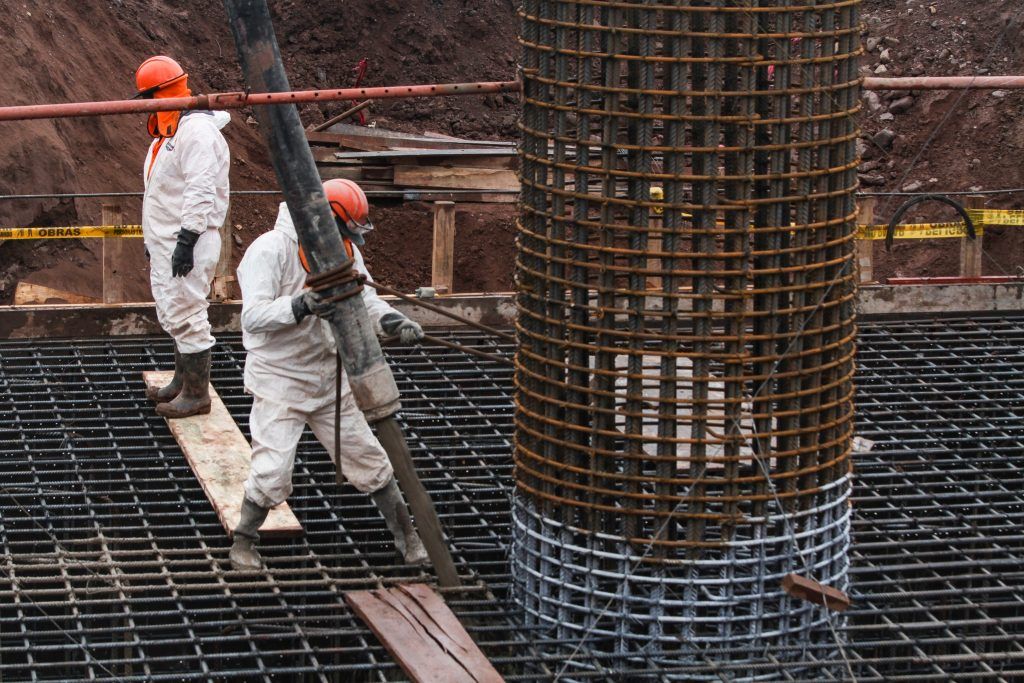Cementos Pacasmayo, the largest cement company in northern Peru, will stop using imported clinker after increasing its production of this product.
Clinker is a solid material that is produced in the manufacture of Portland cement as an intermediate product.
During 2022, the company focused on developing a more sustainable business, so it optimized its Pacasmayo plant to produce more of its own clinker, with state-of-the-art technology, and this will allow it to reduce emissions, as well as reduce its carbon footprint.
Cementos Pacasmayo has also worked to further reduce its clinker-cement ratio, reducing it by 6 percentage points at its Piura plant.
At the same time, the company continues to work with the Cement and Concrete Research Center of the University of Engineering and Technology (UTEC) to further reduce this ratio, and is confident that consumers, both private and public, will support the demand for these low clinker factor cements.
In terms of its financials, the company reported sales of 2,115 million 746,000 soles in 2022, an increase of 9.2% year-on-year.
Its net profit was US$176.8 million, up 15.4%, in the same comparison.
Cementos Pacasmayo
The company has digitized its relationships with both its retail consumers and the industrial channel.
For its retail channel, through Mundo Experto, which is an ecosystem that integrates digital solutions to improve the user experience, the company seeks to contribute to the professionalization and education of the self-construction segment.
For the industrial segment, PacasPro aims to improve the user experience by providing more visibility and real-time updates during project execution to avoid cost overruns and other unexpected issues.
Market
Cement demand in Peru is mainly met by Pacasmayo, UNACEM, and Cementos Yura, and to a lesser extent by Caliza Inca, imports, and other small producers.
Pacasmayo serves mainly the northern region of the country, while UNACEM serves the central region and Cementos Yura serves the southern region.
Peru’s northern region, according to the Instituto Nacional de Estadística e Informática (INEI) and Apoyo Consultoría, represents approximately 32.5% of the country’s population and 16.0% of the national gross domestic product (GDP).
Despite the country’s sustained growth over the past 10 years, Peru continues to have a significant housing deficit, estimated at 1.9 million homes nationwide, according to the Ministry of Housing, Construction and Sanitation.
In Peru, most cement is sold to a highly fragmented consumer base of individuals who tend to gradually purchase bags of cement to build or improve their homes, a segment that the industry refers to as «self-construction».
![]()

